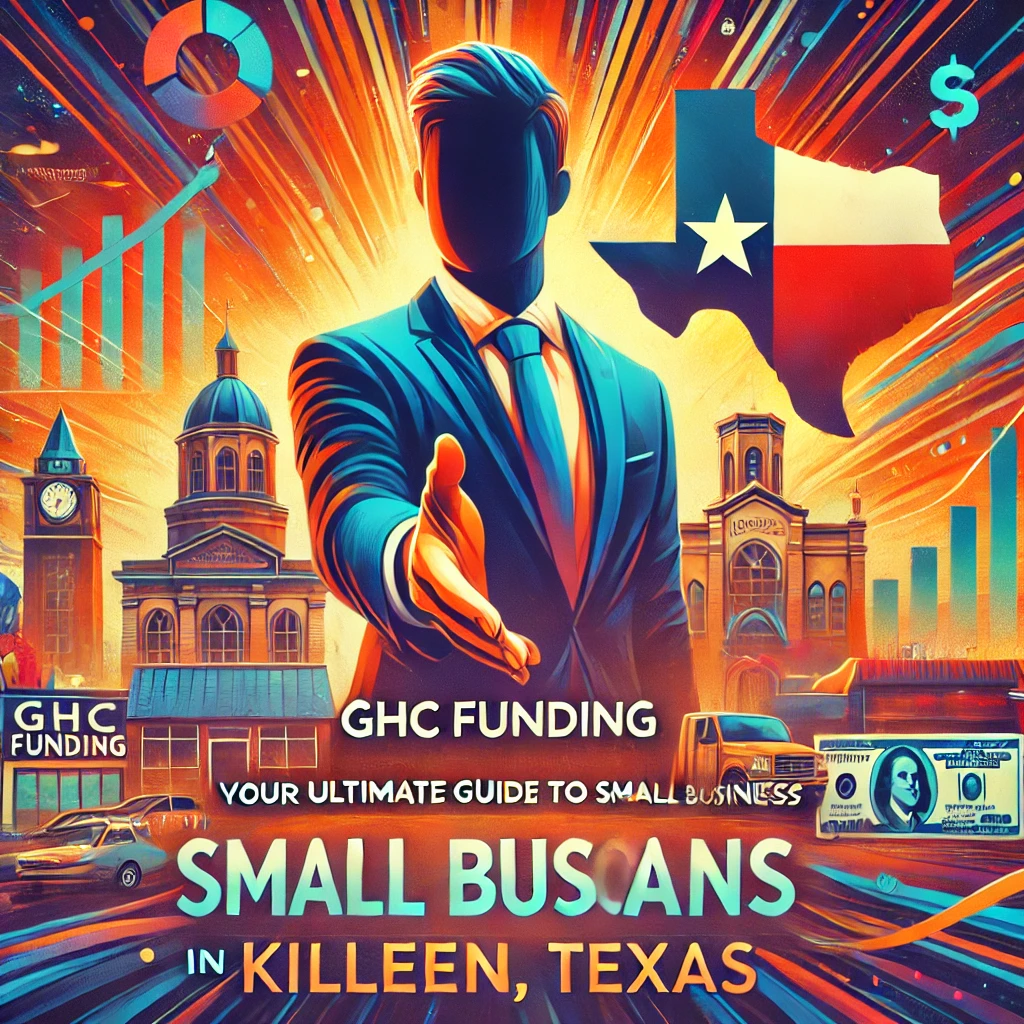How Millennials Can Build Wealth in a High-Inflation World: Best Budgeting and Investing Strategies (2025 Guide)
Millennials (ages 28-43 in 2025) are navigating unique financial challenges: persistent inflation, fluctuating interest rates, lingering student loans, and delayed traditional milestones like homeownership. Strategic budgeting and smart investing can turn these headwinds into opportunities—even in a tough economy. This 2025 guide explores exactly how millennials can achieve financial growth, build security, and prepare for an uncertain future, blending timeless personal finance principles with today’s trending tools and market realities.
- How Millennials Can Build Wealth in a High-Inflation World: Best Budgeting and Investing Strategies (2025 Guide)
- Understanding 2025 Market Conditions: Why Inflation and Rates Matter for Millennials
- Step 1: Adopt a Budgeting Method That Withstands Economic Turbulence
- Step 2: Prioritize Your Financial Safety Net—Emergency Fund or Debt Payoff?
- Step 3: Harness Compound Interest—Start Investing with Small Amounts, Even in 2025
- Step 4: Avoid Common Millennial Money Mistakes in 2025
- Step 5: Advanced Savings and Earning Strategies for Millennials in 2025
- FAQ: Millennials & Money in 2025
- Take Action: Your Next Steps for Wealth Building in 2025
Understanding 2025 Market Conditions: Why Inflation and Rates Matter for Millennials
- Inflation averaged roughly 4.1% in 2024 and continues to outpace wage growth for many millennials.
Example: A $50,000 salary in 2022 needs to be $54,120 in 2025 just to keep up with 4.1% annual inflation. - Interest rates remain elevated. Average savings account APYs are now 3.5%-4%, but mortgage and credit card rates have climbed as well.
- Rent and Housing: National averages show rent up 7% YoY, while median home prices hover at all-time highs around $445,000.
Step 1: Adopt a Budgeting Method That Withstands Economic Turbulence
With living costs rising, simple expense tracking won’t cut it. Use a method proven to work even when rents and groceries spike:

- 50/30/20 Rule Revisited for Inflation
Split your after-tax income: 50% needs, 30% wants, 20% savings/debt. But in 2025, many find needs creep to 55-60%.- Action Step: Run the numbers—if needs exceed 60%, trim wants aggressively or seek income boosts.
- Zero-Based Budgeting (ZBB)
Assign every dollar a specific job each month. Use budgeting apps like You Need a Budget (YNAB) or Monarch Money for real-time tracking and automation. - Envelope Method (Digital Version)
Modernized by apps like Goodbudget, this method ensures you never overspend in any category.
Pro Tip: Periodically review subscriptions, ‘ghost expenses,’ and auto-renews to stop stealth inflation eroding your cash flow.
Need capital? GHC Funding offers flexible funding solutions to support your business growth or real estate projects. Discover fast, reliable financing options today!
Test Your Expertise: The Complexities of the 1031 Exchange

As a sophisticated real estate investor, you understand that the 1031 Exchange is a cornerstone strategy for tax deferral and wealth accumulation. But beyond the basics, the intricacies of the 1031 Exchange rules can pose significant challenges. This quiz is designed to test your in-depth knowledge and highlight critical nuances that separate casual investors from true experts in 1031 Exchange transactions.
Instructions: Choose the best answer for each question.
⚡ Key Flexible Funding Options
GHC Funding everages financing types that prioritize asset value and cash flow over lengthy financial history checks:
-
Bridge Loans: These are short-term loans used to "bridge the gap" between an immediate need for capital and securing permanent financing (like a traditional loan or sale). They are known for fast closing and are often asset-collateralized, making them ideal for time-sensitive real estate acquisitions or value-add projects.
-
DSCR Loans (Debt Service Coverage Ratio): Primarily for real estate investors, these loans are underwritten based on the property's rental income vs. debt obligation ($\text{DSCR} = \text{Net Operating Income} / \text{Total Debt Service}$), not the borrower's personal income or tax returns. This offers flexibility for those with complex finances.
-
SBA Loans: The Small Business Administration (SBA) guarantees loans offered by partner lenders. While providing excellent terms (long repayment, lower rates), the application process is typically slower than private/bridge funding, often making them less suitable for immediate needs. SBA eligibility heavily relies on the DSCR metric for repayment assessment.
🌐 Learn More
For details on GHC Funding's specific products and to start an application, please visit their homepage:
The Ultimate DSCR Loan for Rental Property Quiz

Are you looking to expand your real estate investment portfolio? A DSCR loan might be the perfect tool to help you achieve your goals without relying on traditional income documentation. Test your knowledge with this quiz to see if you're ready to master the intricacies of a DSCR loan for rental property.
Recommended Tools for Millennials
- You Need a Budget (YNAB): For zero-based budgeting & goal tracking
- Monarch Money: Net worth tracking and investment monitoring
- Goodbudget: Envelope system made digital
- Mint: Expense and cash flow monitoring (sunsetting in 2025; alternatives: YNAB, Monarch)
Step 2: Prioritize Your Financial Safety Net—Emergency Fund or Debt Payoff?
Should you build an emergency fund first or crush debt? Both are vital, but 2025’s volatile economy demands nuance.
- Emergency Fund: Aim for 3-6 months of living expenses, stashed in a high-yield online savings account (look for 4%+ APY at Ally, Marcus by Goldman Sachs).
- Debt Payoff: If you have high-interest credit card debt (20%+ APR), prioritize eliminating this while building a $1,000-$2,500 ‘starter’ emergency fund.
Example: If you owe $7,500 on a credit card at 22% APR, paying only minimums could cost you over $1,500/yr in interest. Use the avalanche method: direct extra cash to your highest-interest debt while paying minimums on the rest.
Step 3: Harness Compound Interest—Start Investing with Small Amounts, Even in 2025
✅ Small Business Resources
-
SBA – Small Business Administration
https://www.sba.gov - SCORE Mentors (Free Mentoring & Workshops)
https://www.score.org - Small Business Development Centers (SBDC)
https://americassbdc.org
Are You an SBA Real Estate Loan Expert?

Test your in-depth knowledge on using SBA Loans for owner-occupied commercial Real Estate acquisition. These questions delve into the critical details that can impact your business's growth and financial strategy.
With inflation eroding savings, investing is essential for millennials to build wealth. Here’s how to start even if you only have $100:
Getting Started: $100 Investment Options
- Robo-Advisors—Apps like Betterment and Wealthfront offer managed portfolios with no account minimums and automatic rebalancing.
- Fractional Shares—Platforms like Fidelity, Schwab, and Public.com allow you to buy portions of top stocks and ETFs.
- 401(k) and IRAs—Take advantage of any employer match (usually 3-6%) in your 401k, and use a Roth IRA (up to $7,000 annual limit in 2025) for tax-free growth over decades.
Millennial-Focused Investment Considerations (2025)
- Sustainable Investing: ESG (Environmental, Social, Governance) ETFs and mutual funds are more accessible than ever via platforms like Vanguard (e.g., VFTAX, ESGV), fueled by millennial values.
- AI and Tech Stocks: AI adoption is reshaping industries; consider allocating 5-10% of your investment to innovation via ETFs like ARKK or QQQM.
- Real Estate Investing: If homeownership seems out of reach, Fundrise and RealtyMogul allow fractional real estate investing starting at $10-$500.
✅ Real Estate Investor Resources
-
AirDNA (Short-Term Rental Data)
https://www.airdna.co - Rentometer (Rent Comps)
https://www.rentometer.com - Zillow Research & Data
https://www.zillow.com/research
DSCR Loan IQ Quiz!

Test your knowledge of Debt Service Coverage Ratio (DSCR) loans!
Example: Invest $100/month in a broad market index fund averaging 7% annual returns. After 20 years, you’ll have over $52,000—half from earnings, not contributions!
Step 4: Avoid Common Millennial Money Mistakes in 2025
- Believing you need thousands to start investing. Modern fintech makes starting with $5 or $50 practical and powerful.
- Ignoring your credit score. In a rising-rate era, excellent credit (740+) saves you thousands in interest over time.
- Overreliance on Buy Now, Pay Later (BNPL) tools. These can stealthily rack up debt. Always calculate the true cost before splitting payments.
- Succumbing to lifestyle creep when incomes rise. Automatically boost savings rate with every raise. Apps like Qapital automate this.
Step 5: Advanced Savings and Earning Strategies for Millennials in 2025
- Automate Everything: Direct deposit a portion (try 5-10%) of each paycheck into high-yield savings and investment accounts.
- Leverage Side Hustles: Gig economy jobs (e.g., Upwork, Rover, DoorDash) and remote freelancing grow supplemental income. But remember the tax implications—set aside at least 25% of gig income for taxes; use QuickBooks Self-Employed or Happytax for tracking and quarterly payments.
- Negotiate Everything: Inflation gives leverage to revisit bills—negotiate rent, insurance, and even streaming plans yearly.
Cutting-Edge Resources & Apps in 2025
- Cleo: AI-powered budgeting advice and spending insights
- Rocket Money: Recurring subscription and bill management
- NerdWallet: High-interest savings account and best credit card comparisons
- Tiller: Custom budgeting in Google Sheets
FAQ: Millennials & Money in 2025
- Q: What’s the best way for a millennial to start investing with $100 in 2025?
A: Open a Roth IRA or use a robo-advisor with no minimum (like Betterment). Automate monthly deposits, choose a low-fee diversified fund, and let compound growth work over time. - Q: Emergency fund or debt payoff—what’s the right order?
A: Build a small emergency fund ($1,000–$2,500) so life doesn’t derail debt payoff, then aggressively pay down high-interest debt. Once free, boost your emergency fund to 3–6 months’ expenses. - Q: How can inflation protection strategies fit in a millennial’s portfolio?
A: Mix fixed-income assets (I Bonds, TIPS), real estate, and equities with some exposure to sectors that outperform during inflation (energy, commodities). Don’t neglect tax-advantaged accounts for extra growth. - Q: What mistakes are most common for millennials managing finances in 2025?
A: Waiting to invest, ignoring credit health, letting subscriptions drain cash, trusting trendy financial ‘hacks’ without research, and underestimating gig income taxes.
Take Action: Your Next Steps for Wealth Building in 2025
- Evaluate your monthly needs/wants/savings with inflation-adjusted numbers.
- Choose and implement a dynamic budgeting method (try YNAB’s 34-day trial).
- Set up a ‘starter’ emergency fund in a high-yield savings account.
- If possible, use even $100 to open an investment account and automate deposits.
- Audit your debts: Use the avalanche method for high-interest balances first, but keep on top of minimums for all.
- Explore a side hustle—but track income and save for taxes!
- Review and improve your credit score: Check your report quarterly and challenge errors.
- Schedule a yearly “financial review” using an app or spreadsheet to track net worth and tweak plans.
Remember: In 2025, flexibility and automation are the millennial’s secret weapons for beating inflation and building real wealth—even when economic uncertainty runs high.
Get a No Obligation Quote Today.



